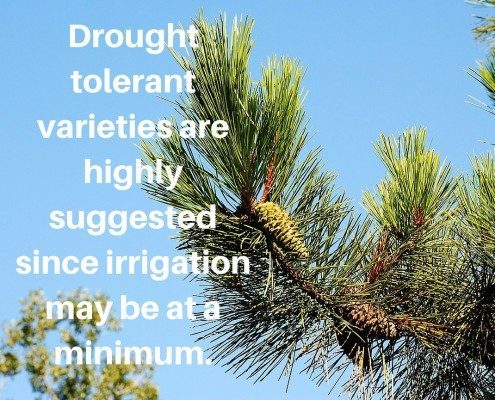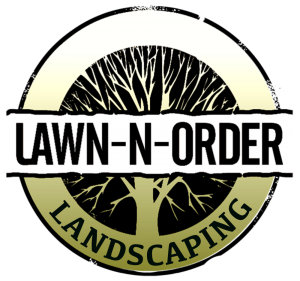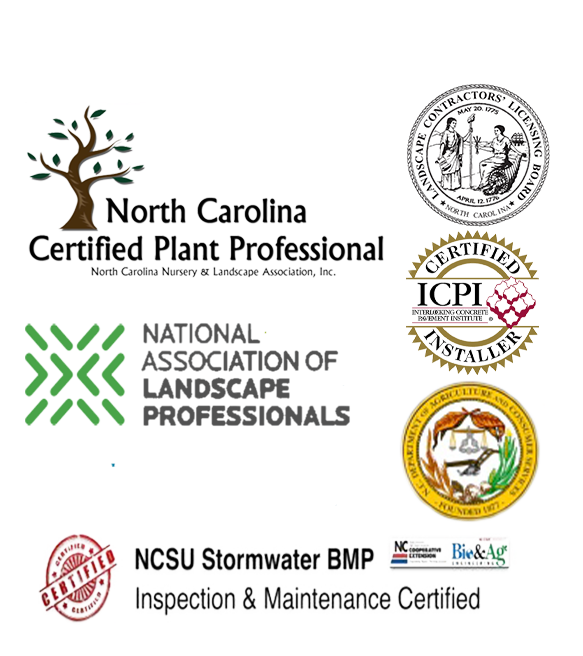Landscaping can be a challenge on a steep slope. What plant is right for my hillside gardening? Let’s look at a few and how to make the proper selection for your hillside. The selections will also keep your erosion under control and the soil in your yard instead of washing away to the neighbors!
 One of the considerations all horticulturist teach is ‘right plant, right place’ for its longevity and survival. Observe which direction the slope is facing. How much sunlight will your plants be getting? Three hours versus eight hours? Eastern light versus western light will play a part in the selection of plant materials.
One of the considerations all horticulturist teach is ‘right plant, right place’ for its longevity and survival. Observe which direction the slope is facing. How much sunlight will your plants be getting? Three hours versus eight hours? Eastern light versus western light will play a part in the selection of plant materials.
Since plants will be on a steep slope, drought tolerant varieties are highly suggested since irrigation may be at a minimum. On steep grades, the drainage will be more rapid than on a lesser grade surface.
Ideal Plants for Steep Slopes
Select conifers we recommend for sunny locations are: Cryptomeria japonica ‘Globosa Nana’ or Pinus thenbergii, Picea pungens ‘Fat Albert,’ Juniperus squamata ‘Blue Star’.
Evergreens for partial shade are: Picea abies ‘Nidiformis’, Microbiota decussate, Tsuga canadensis ‘Jeddeloh’, Magnolia grandflora ‘Little Gem.’
Other Shrubs: Hydrangea paniculata ‘Limelight’, Hydrangea arborescens ‘Annabelle’, Viburnum, PJM Rhododendrons, Cephalataxus, Pieris Japonica, Chaenomeles speciosa, Ilex verticillata
Grasses: Panicum virgatum ‘Rotstrahlbush’ (Switch Grass), Muhlenbergia capillaris, Schizachryium scoparium (Little Bluestem), Calamagrostis acutiflora ‘Karl Foerster’
Groundcovers: Rubus calycinoides, Sedum rupestre ‘Angelina’, Delosperma cooperi, and Dianthus
Steep Slope Planting & Irrigation
When landscaping for a steep slope, do not plant vertically out of the hillside. It will look like the leaning tower of Pisa and will not perform well. Prepare a mini terrace for each plant. The bottom part of plant’s soil base will need to be built up in a half well to support the plant. This method helps retain moisture to soak deep into the root system.
Irrigation has to be maintained the first 2-3 years for the best survival rates. Installing a drip irrigation might help with consistent watering schedules and be a timesaver for the homeowner. Place plants with more watering requirements at the bottom or halfway down the slope. The plants at the bottom will have more of the accumulation of water from drainage. Once your plants are established after the third year, continue to monitor for water needs and adjust according to the weather.
Hillside gardening can be a challenge if you don’t know which plant material works best. Ryan Houston is an NC Plant Professional and an NC Licensed Landscape Contractor and can give you the best solutions to your hillside gardening needs. Give us a call for a scheduled consultation. We will go over your options and suggest a customized solution for your landscape.




